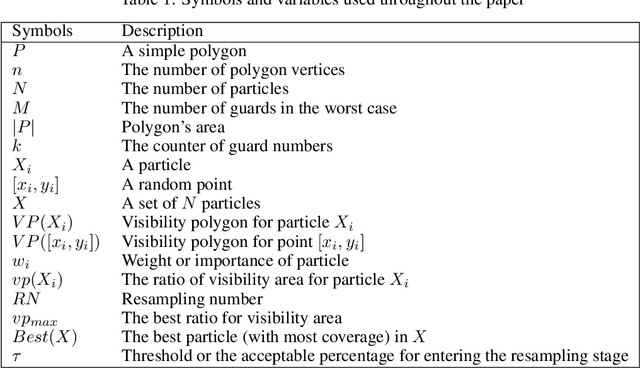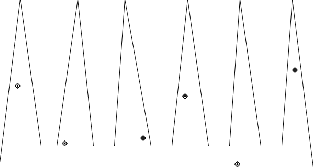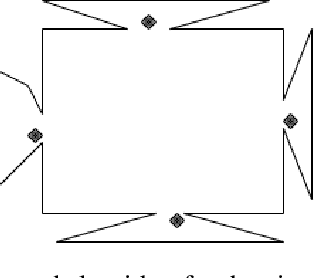Nazanin Padkan
Fingerprint Matching using the Onion Peeling Approach and Turning Function
Oct 03, 2021



Abstract:Fingerprint, as one of the most popular and robust biometric traits, can be used in automatic identification and verification systems to identify individuals. Fingerprint matching is a vital and challenging issue in fingerprint recognition systems. Most fingerprint matching algorithms are minutiae-based. The minutiae in fingerprints can be determined by their discontinuity. Ridge ending and ridge bifurcation are two frequently used minutiae in most fingerprint-based matching algorithms. This paper presents a new minutiae-based fingerprint matching using the onion peeling approach. In the proposed method, fingerprints are aligned to find the matched minutiae points. Then, the nested convex polygons of matched minutiae points are constructed and the comparison between peer-to-peer polygons is performed by the turning function distance. Simplicity, accuracy, and low time complexity of the Onion peeling approach are three important factors that make it a standard method for fingerprint matching purposes. The performance of the proposed algorithm is evaluated on the database $FVC2002$. The results show that fingerprints of the same fingers have higher scores than different fingers. Since the fingerprints that the difference between the number of their layers is more than $2$ and the minutiae matching score lower than 0.15 are ignored, the better results are obtained.
A new metaheuristic approach for the art gallery problem
Jul 07, 2021



Abstract:In the problem Localization and trilateration with minimum number of landmarks, we faced 3-guard and classic Art Gallery Problem. The goal of the art gallery problem is to find the minimum number of guards within a simple polygon to observe and protect the entire of it. It has many applications in Robotics, Telecommunication and so on and there are some approaches to handle the art gallery problem which is theoretically NP-hard. This paper offers an efficient method based on the Particle Filter algorithm which solves the most fundamental state of the problem near optimal. The experimental results on the randomly polygons generated by Bottino shows that the new method is more accurate with less or equal guards. Furthermore, we discuss the resampling and particle numbers to minimize the running time.
 Add to Chrome
Add to Chrome Add to Firefox
Add to Firefox Add to Edge
Add to Edge